Satyajit Ray in the modern era: Can we still relate to his timeless classics?
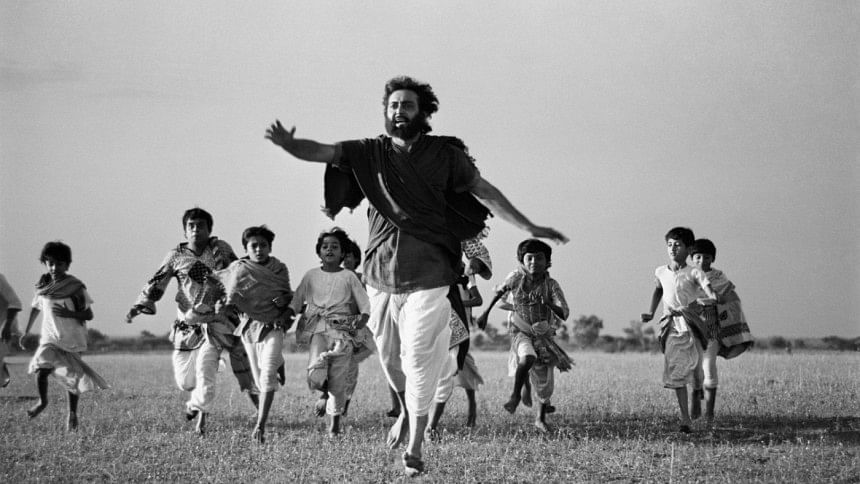
Discovering Satyajit Ray in his literary and cinematic masterpieces is a never-ending process. Every time we dive into different aspects of Ray's talents, there's always more to discover in his techniques, ideas, and overall execution. Today marks the legendary director's 104th birthday, and even after three decades since his demise, his brilliant stories are still relevant in our daily lives.
Ray's "Hirak Rajar Deshe" (1980) and its relevance to the previous regime resonated with the Bangladeshi political scenario during the July uprising, and even years before it. On August 5, the whole nation rejoiced as the government was toppled, and we all had our iconic "Dori Dhore Maro Tan, Raja Hobe Khan Khan" moment.
Ray is usually credited for introducing modernity into the tradition-bound Indian cinema, a lot of which is equally relevant to the culturally similar Bangladeshi society as well. Way ahead of his time, it was Ray who highlighted issues such as human subjectivity, the importance of education, the rise of the new middle class, and especially the emancipation of women.
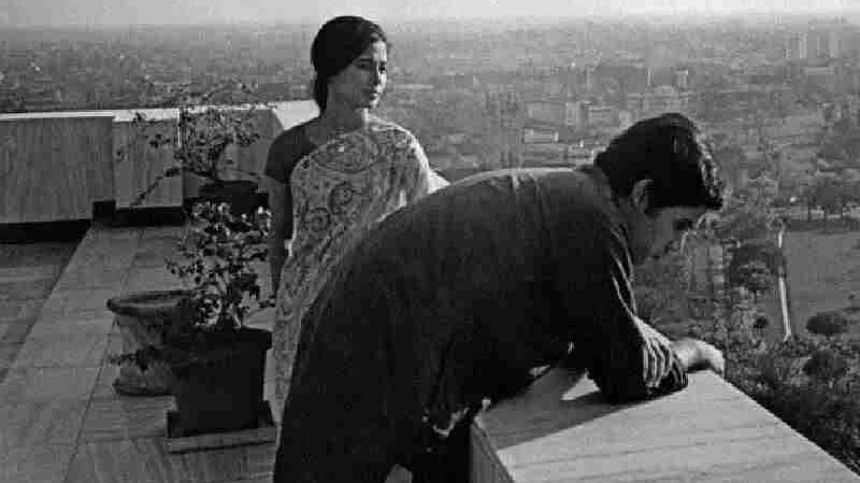
The question is, are the social issues that Ray subtly underscored in his storytelling still relevant to us? Can we still connect to them?
Most of Ray's films centre around women, focusing on the characters' simplicity, even when portraying the complex and layered emotions through his lens. At a time when women were mostly depicted as side characters and objectified beauty in traditional cinema, Ray broke the tradition and focused on a woman's perception of the world in a lot of his films.
Charu from "Charulata" (1964), the lonely, housewife of a newspaper owner, gets trapped between tradition and restlessness for freedom; Bimala's liberation from "Ghare Baire" (The Home and the World, 1984), symbolises the conscious awakening of the Indian woman at the time of the Swadeshi movement; Arati, from "Mahanagar" (1963), the typical middle-income housewife, rebels against the barriers of tradition, as she takes on the role of the sole breadwinner of a joint family, whereas Sutapa from "Pratidwandi" (1970), is the image of the modern working woman walking a tightrope along the edges of fragile male egos and moral expectations.
The conundrums of all these characters are still relevant in the present social and cultural scenario in Bangladesh. These women, like most women in Ray's films, represent real, unfiltered portrayals of South Asian women. Not portrayed as the typical "damsels in distress", these women tell us their stories of struggles and unrelenting survival instincts.
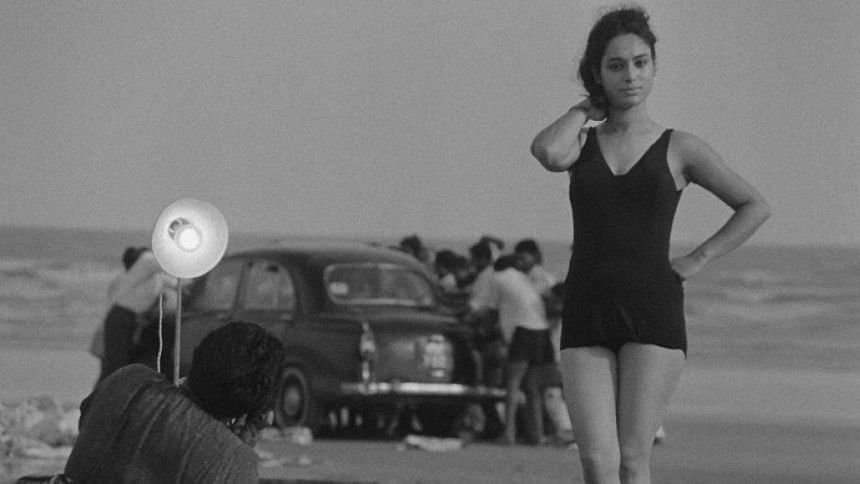
In his debut film, "Pather Panchali" (1955), Apu's mother, Sarbajaya emulates a rural, resilient woman who, though grieving from the loss of her husband and daughter, is still adamant about raising her son with resolute dignity. It is the story of ordinary yet powerful women in our rural areas. In Ray's self-proclaimed favourite film, "Charulata", we see the whole film through Charu's perspective; her loneliness, desire, and struggle to break free of the golden cage. It's a story of a restless housewife, fighting the shackles of society in an effort to reclaim her identity.
Arati in "Mahanagar" was the perfect example of the valiant modern housewife turned working woman. At its core, the film is a story of clashing social values, the gap between an older generation, trying to keep the women at home, and a younger generation, accepting change for necessity. Set in the mid-1950s, the film portrays the major societal transformations as more and more middle-class women started earning for their families. Today, in the year 2025, it is a basic reality of most households in Dhaka and other urban areas.
Arati's journey, her transformation, and her changing perception are similar processes most women go through as working women. She struggles against her in-laws, disregarding age-old traditions, and gradually becomes the family's sole breadwinner even as her newly acquired confidence hurts her husband's typical patriarchal 'fragile male ego.' The lipstick scene, portrayed perfectly by Ray, is an obvious symbol of freedom and modernity; she uses it only when she steps outside. It highlights Arati's acceptance of the modern world. Her story comes full circle as it ends with her husband accepting her change, battling his ego, and becoming a strong and supportive pillar in her life. The perfect marital bliss, desired by modern women, where even in times of hardship, a couple finds joy in each other, defying society's typical gendered roles and expectations.
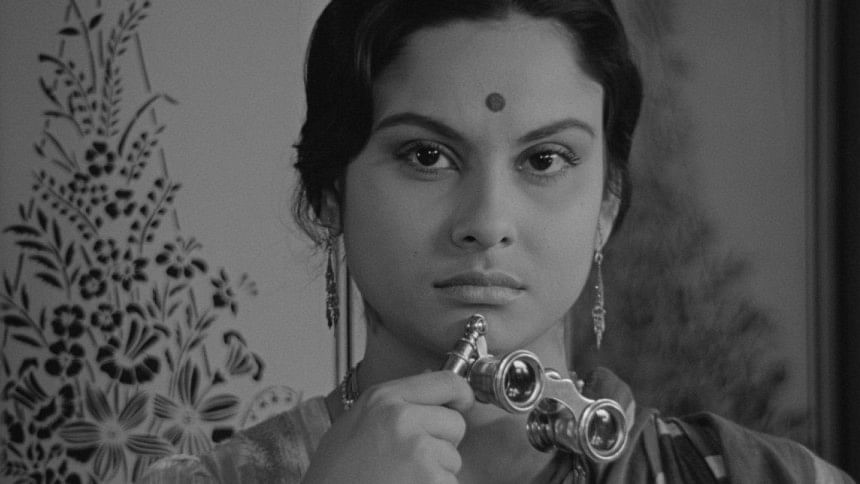
Sutapa in "Pratidwandi" portrays the next step for a South Asian woman as a rebel, navigating the familiar middle-income mentality that Arati did, but much more boldly. Sutapa is probably one of Ray's most contemporary women, ambitious and determined. In a chaotic world, Sutapa slowly but surely gets ready to make her way, even if that means revolting against the moral, social, and sexual attitudes of the society she grew up in. For women in modern society, these are transformations and changes of ourselves that we see through Ray's lens.
There is a certain universality in all his films. Regardless of their backgrounds and circumstances, the women are all connected — all trying to break free of the centuries-old traditions while going through multiple emotional adaptations, and finally gaining ground to show their hidden aspirations. The stories are outwardly simple, but layered with emotions and complexities, perfectly portraying the modern 21st-century changing society.
Thus, years later, his storytelling continues to empower women, making it quintessential in today's modern feminist movements. Times are changing, and so is our society and its perceptions of women. Even though the feminist movement and its simple, often misunderstood ideology have miles to go, these stories make us hopeful for an ultimate positive change, despite the traditional mindset majority of our population still believes in.
In recent times, though certain incidents highlight Ray's lyrics, "Kotoi Ranga Dekhi Duniyay" — and undoubtedly, these stories remain relevant and important.

 For all latest news, follow The Daily Star's Google News channel.
For all latest news, follow The Daily Star's Google News channel. 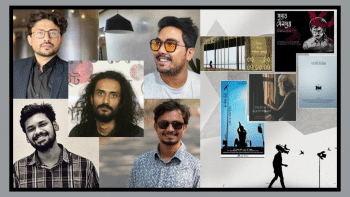


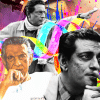

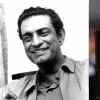

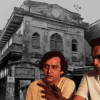

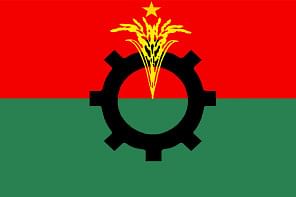
Comments